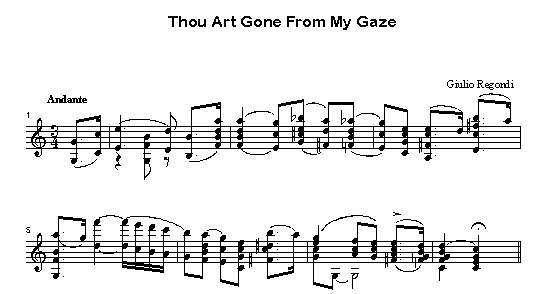|
Playing chords
One of the assets of the concertina is its ability to play
chords and polyphonic music. Although
playing chords is relatively easy on a
concertina, it is important to pay attention to the basic rules
regarding
fingering.
Never use the same finger for two adjacent notes in a legato
phrase
Perhaps the most important rule of any keyboard instrument is: Never use
the same finger for two adjacent
notes in a legato phrase. Although it is
tempting sometimes because the alternative is often much more
difficult, and
many so called 'good' players do it. Just remember it is almost always audible
for
the trained ear and it sounds very amateuristic.
The reason for this is very simple. When you play 4 note chords in succession,
you actually play
four melodic lines at the same time. If you would, in the
example below, use the same finger, for
two adjacent chords, for instance finger
2 (middle finger) for the 'f' and 'c' in the first and second
chord , you will
disrupt the phrasing of the melodic line.

This example consists of 4 separate melodies:



Legato
The phrasing of this example is indicated by the slurs. The composer of
this piece, Giulio
Regondi, wanted these chords to be played in groups of two.
The standard notation for this
is a legato slur connection two chords.
The chords not connected by a slur should not be played
legato. The effect can
be compared with a comma in a text.
Bellows phrasing
Never change bellows direction while playing a legato phrase. In this
case, don't change the
bellows between the chords under a slur. Playing chords
on a concertina requires a lot of air.
Chances are you can only play a few large
chords on one bellows direction. Therefore it is best
to play chords with
bellows phrase movement (see Bellows
technique 1: Basic control and
movement). An other advantage of this
technique is that you can phrase more accurate than with
periodical bellows
movement, because you stay within the controllable part of the bellows
movement.
The bellows phrase technique can be compared to bowing on string instruments,
dividing the music in 'words' rather than 'sentences' as with periodical bellows movement. In this
example just change direction between slurs.
Listen to the openings measures of "Thou art Gone from my gaze"
for solo baritone concertina
composed in 1872 by
Giulio Regondi. This piece consist of an introduction and theme with two
variations on a popular Victorian song. The introduction printed below, is a good example of
playing chords on a
concertina. Although it is meant for a baritone concertina, you can also play it
on a treble (fingering is identical). The sound file continues after the introduction with the first
measures of the theme (not printed).
The instrument you hear is a brass reeded Lachenal baritone built in the early
1890s
Sound file
See the
instrument

Technical advise
Make sure you start with the bellows slightly open in the "V" position.
Press down all the notes
of the chords at the same time. Pay attention to
evenness of the chords, they should all be the
same volume and not get softer at the end of a chord because of shortness of 'air' . Make sure
you don't hear
bellows changes. Practice difficult chords and jumps (e.g. measure 4) separate.
Play the low 'G'
in measure 7 with finger 4 (little finger). Before you start practicing take
the
time to mark the fingering first. If you solve fingering problems before you
start it can save you
a lot of time and frustration later.
|




